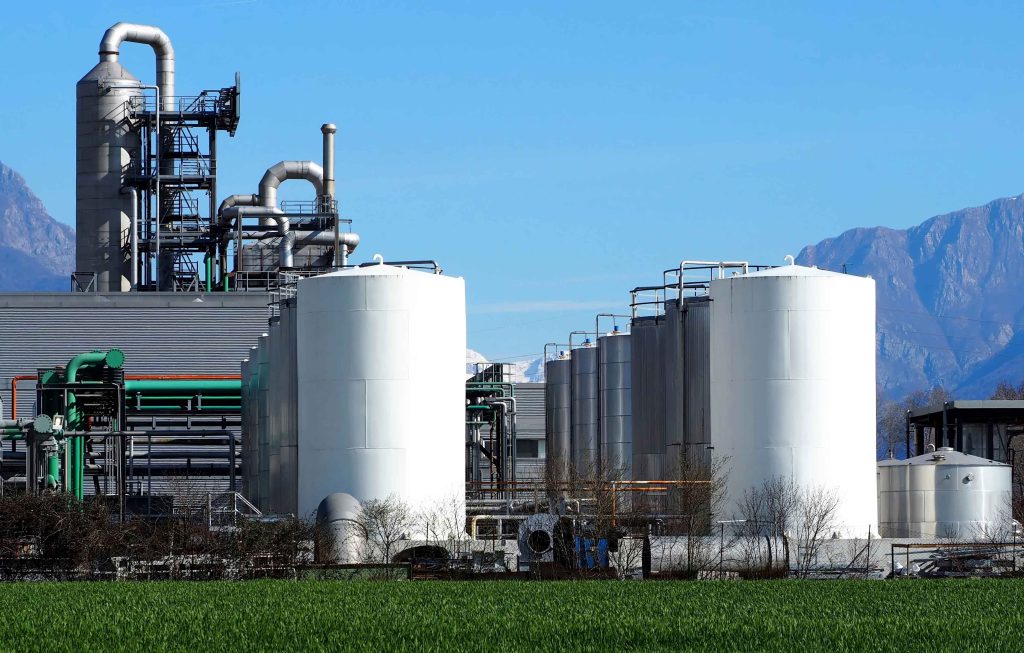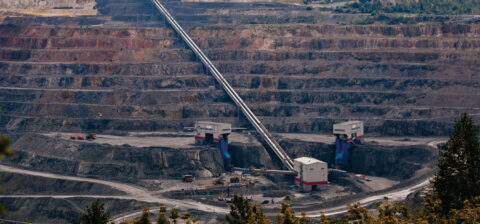BD Energy
Sustainable Forms Of Energy
As the desire for sustainability grows and the demand for new, less-polluting sources of energy rises, humankind has turned its considerable knowledge to the task of finding new ways to achieve both these requirements at the same time. High on the list of these potential solutions is the development of means to generate biogas, biofuel and – in the longer term – green hydrogen.
Biogas
According to Alberto Borello, secretary general of the Southern African Biogas Industry Association (SABIA), there are two key types of biogas production: landfill gas and anaerobic digestion. “For landfill gas, the production plant needs to be sited close to the landfill from which it is extracted. This plant uses vertical wells drilled into the waste, and a series of pipes to transport the methane extracted to the treatment and power generation plant. This would then be connected directly to the municipality to sell the energy produced.”
Anaerobic digestion utilises either organic waste destined for a landfill or animal waste like manure, says Borello. “The plants are usually situated close to the waste producer, although these tend to be smaller-scale operations.”
SABIA has undertaken a deep analysis of the size of the local biogas industry, which indicates that, if all the organic waste produced in the country was utilised effectively, we could generate some 10GW of power. “More realistically, we believe it is possible to generate around 1.2GW within five years,” says Borello, “mainly from from chicken, dairy and municipal solid waste, as well as the agriculture, food processing and landfill sectors.”
From a greenhouse gas elimination perspective, biogas plants operating at landfills are good news too. “Every tonne of methane captured from a landfill is worth 21 tonnes of CO2, meaning biogas contributes massively to a reduction in greenhouse gas emissions.”
Although biogas ticks all the sustainability and circular economy boxes, as it both produces electricity and tackles the issue of waste, Borello says South Africa struggles with the enforcement of legislation around things like illegal dumping. “Until the disposal of organic waste in a landfill is made more costly than taking it to anaerobic digestion plant, the industry won’t be as effective as it could be.
“Nonetheless, we feel there is huge potential for the future. SABIA will continue to promote the benefits of biogas and drive the development of the industry, as we believe it is one that is vital for South Africa’s environmental and energy future.”
Biofuel potential
Unlike diesel created from crude oil, which is full of sulphur, biodiesel blending allows for the complete desulphurisation of conventional diesel due to its special lubricity properties. This is vital, as when normal diesel is burned, it releases sulphur dioxide, a key contributor to acid rain, explains Riaan Botha, director of South African Biodiesel Manufacturing Company.
“Biodiesel is made by taking any animal or vegetable source of fat – including sunflower, soya and rapeseed oils, or animal fats like beef tallow or yellow fat from chickens – and properly treating it,” explains Botha. “Methanol and a catalyst are then added, and the resulting product can be blended with normal diesel to remove virtually all its sulphur.
“Locally, the used cooking oils such as those from fast food restaurants – around 100 000 tonnes per annum – are collected and cleaned. Currently, however, they are exported to the developed world to be turned into biodiesel, because we have no commercial-scale biodiesel manufacturers in South Africa.”
Botha suggests that the practical reason for this has to do with the major fuel players in the country being less eager to spend the money required to develop infrastructure for such production, along with the additional requirement of having a biodiesel pump at every service station. It is also due to issues around legislation and the enforcement thereof.
“From our perspective, we are looking into the possibility of introducing this as a burner fuel for industries that still use coal to create steam for power and process heat, for example,” says Botha. “Remember, these players will soon be penalised for burning coal, so utilising biodiesel instead will enable them to become carbon neutral.”
He does, however, feel the Department of Mineral Resources and Energy needs to place more focus on this kind of sustainable effort, adding that government has shown little interest thus far, which is a challenge for the industry. “Many industries are seeking sustainable solutions to avoid the proposed carbon taxes around the burning of coal; what we need now is for government also to seek to hit the fuel companies in their pockets, to make avoiding this solution costly.
“After all, a strong biofuel sector will create jobs, stimulate the economy and prevent waste like used cooking oils polluting the environment. However, government needs to institute proper penalties on the fuel industry and, of course, enforce these too if we hope to reap such benefits.”
Green hydrogen
As the world moves away from a fossil fuel-based economy, the question remains as to what will replace these fuels as an energy storage and transportation molecule. While wind and solar are the renewable production means, there are two options on the table for the storing and transport of such energy, suggests Quintin Hobbs, Africa leader for Strategy and Transactions at EY. One option is lithium-ion batteries, while the other focuses on green hydrogen or green ammonia.
“Green hydrogen is produced using renewable energy to perform electrolysis on water, to create hydrogen in a green manner,” explains Hobbs. “This can potentially be used as a new fuel for vehicles and ships, not to mention for power generation when there is no sun or wind. It could also be used as feedstock for industrial processes, much like biodiesel.”
Hobbs acknowledges that hydrogen is of course a volatile chemical. “This is why there is a move to convert this to a more stable chemical in ammonia, which can be used similarly to hydrogen.”
The three elements needed in order to be a market leader in green hydrogen production are: plenty of available land; lots of renewable energy potential; and effective logistics. South Africa has the first two, but logistics remains a challenge, as effective rail and port facilities are required to export it over distance.
So for our country to take the lead in this industry, Hobbs says, we need solve our logistics challenges, as well as create a conducive environment for investment, which falls on government’s shoulders. Although the cost of producing green hydrogen is relatively low, the initial capital outlay will require an enabling investment environment.
“Regional co-operation should also be at the forefront of our plans,” says Hobbs. “Namibia is banking on this technology, and may even be at a more advanced stage than us. Therefore, we should look to work with our Southern African Development Community allies to stimulate this new industry on a regional basis.”






 Sign-up and receive the Business Media MAGS newsletter OR SA Mining newsletter straight to your inbox.
Sign-up and receive the Business Media MAGS newsletter OR SA Mining newsletter straight to your inbox.